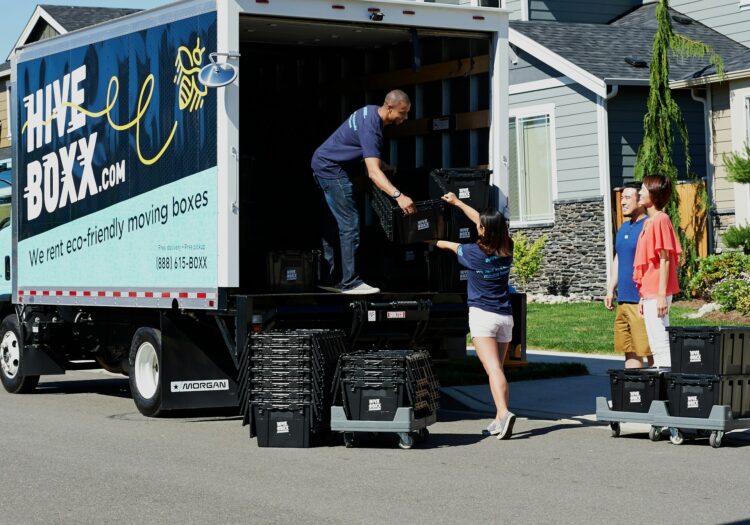
Your First Apartment Toolkit: Common Plumbing Fixes to Know Before Living on Your Own
Moving into your first place is a huge milestone. It’s a mix of excitement and a little bit of terror as you realize you’re now in charge of everything, from buying your own groceries to making sure the bills get paid on time. One of the biggest new responsibilities is dealing with the inevitable home maintenance issues that pop up. A clogged drain or a toilet that won’t stop running can send a new renter or homeowner into a full-blown panic.
While you should always have the number of a reliable company for professional plumbing services on hand for the big, scary stuff, knowing how to handle a few common problems yourself can save you a lot of stress and money. These basic skills are a core part of the “adulting” handbook and will give you a huge confidence boost as you start living on your own.
Before you find yourself ankle-deep in water, here are a few of the most important plumbing basics to learn.
Know Where Your Main Water Shut-Off Valve Is
This isn’t a fix, but it’s the most critical piece of plumbing knowledge you can have. Before you even unpack your first box, you need to locate the main water shut-off valve for your home or apartment. If a pipe ever bursts or a supply line breaks, turning this valve off immediately will stop the flow of water and prevent catastrophic damage while you call for help.
The valve is usually located where the main water line enters the house, which could be in a basement, a crawl space, a utility closet, or on an exterior wall. It will typically have either a round, wheel-like handle (like for a garden hose) or a single lever handle. Turn it a few times to make sure you can, and ensure everyone living in the home knows where it is.
How to Silence a Constantly Running Toilet
That sound of a toilet that never quite stops running isn’t just annoying; it’s the sound of money going straight down the drain. A constantly running toilet can waste hundreds of gallons of water a month, a fact highlighted by the EPA’s WaterSense program. Luckily, the fix is usually surprisingly simple and cheap.
Most of the time, the problem is one of two things inside the tank:
- A faulty flapper: This is the rubber seal at the bottom of the tank. Over time, it can warp or degrade, allowing water to constantly leak from the tank into the bowl. This is an easy and inexpensive part to replace.
- An incorrect float level: The float is the ball or cup that rises with the water level and tells the fill valve when to shut off. If the float is set too high, water will continuously spill into the overflow tube. You can usually adjust the float level with a simple screw or clip.
How to Unclog a Sink or Shower Drain (Without Harsh Chemicals)
Before you reach for a bottle of corrosive chemical drain cleaner, which can be tough on your pipes, try these mechanical methods first. For sinks and showers, the culprit is almost always a simple clog of hair and soap scum right near the drain opening.
Start by removing the drain stopper and clearing any visible gunk. If that doesn’t work, a simple, inexpensive plastic drain snake is your best friend. Just push it down the drain, wiggle it around, and pull it back up—you’ll be amazed (and a little grossed out) by what comes out. For tougher clogs, a simple plunger can often do the trick. For more detailed visual guides, resources like The Spruce have excellent step-by-step instructions.
How to Stop a Minor Faucet Drip
That drip, drip, drip sound from a leaky faucet isn’t just a late-night nuisance; it’s another water-waster. More often than not, a simple drip is caused by a worn-out rubber washer or O-ring inside the faucet handle. With a few basic tools like a screwdriver and a wrench, this is a very manageable DIY fix.
The key is to first turn off the water supply to that specific sink using the small shut-off valves in the cabinet underneath. Once the water is off, you can carefully disassemble the faucet handle, locate the worn-out washer or O-ring, and take it to the hardware store to find an exact replacement.
Know When NOT to DIY
Perhaps the most important skill is knowing your limits. While tackling these small fixes is empowering, some jobs are absolutely best left to the professionals. You should always call for help if you’re dealing with the following:
- Major leaks or burst pipes
- Low water pressure throughout your entire home
- The smell of sewer gas
- Any issue involving your water heater, especially if it’s gas-powered
Learning these basic plumbing skills is a rite of passage. It gives you a sense of control and self-sufficiency in your new space. Master the basics, and you’ll be well-prepared to handle the small stuff and smart enough to know when to call for backup.



